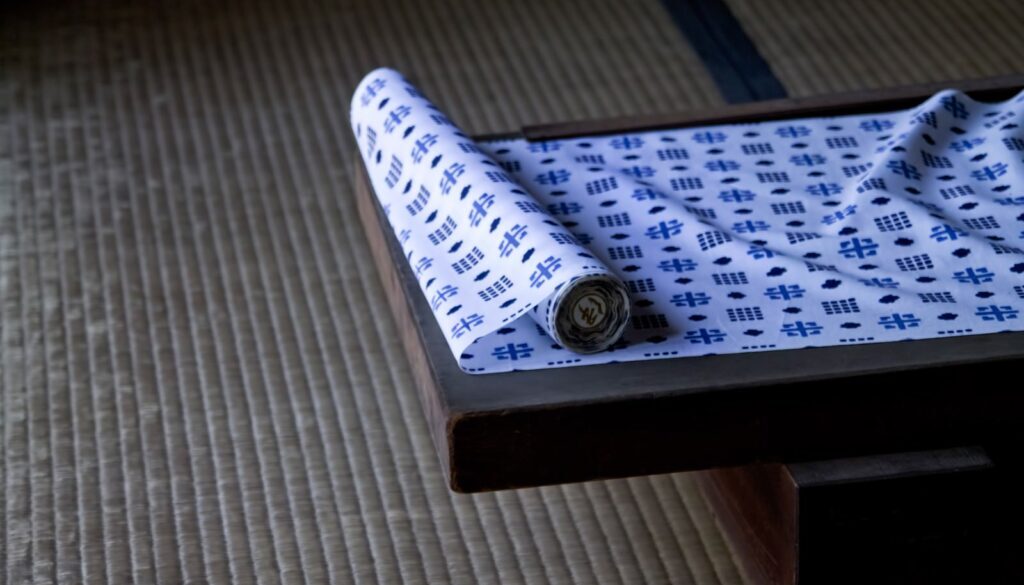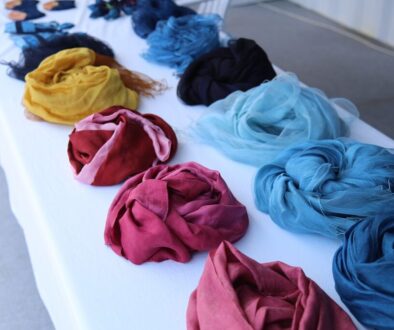Japanese Tenugui: History, Charm, and Hands-on Experiences
History and Culture of Tenugui Tenugui is a traditional Japanese cloth. Its history dates back to the Edo period when it was a staple in everyday life.
- Everyday essential in the Edo period: Tenugui was widely used for various purposes, such as drying off after a bath and wrapping the head.
- Diverse uses: Beyond its basic function as a towel, tenugui has been used for wrapping bento boxes, as dishcloths, and for wiping sweat.
- Regional traditional patterns: Each region has its own unique traditional patterns, making tenugui a symbol of local culture.
Charm of Tenugui
- Breathability and absorbency: Made of cotton, tenugui is highly breathable and absorbent, providing a refreshing feel against the skin.
- Variety of designs: From classic patterns to modern designs, there is a wide range of tenugui to choose from.
- Versatile uses: Tenugui can be used for everyday purposes as well as for interior decoration.
- Experience of Japanese culture: Tenugui is a popular item among foreign tourists as it offers a glimpse into Japanese aesthetics.
Places to Experience Tenugui Making in English in Japan There are increasing opportunities to experience tenugui making in English for tourists visiting Japan.
- Tokyo:
- Souzou-kan: This facility offers various craft experiences, including tenugui dyeing.
- https://souzou-kan.info/en/
Charm of Tenugui Making Making your own tenugui is more than just crafting a cloth; it’s a valuable opportunity to immerse yourself in Japanese culture.
- Experience Japanese culture: Through the process of dyeing and patterning tenugui, you can learn about traditional Japanese techniques and aesthetics.
- Create your own unique tenugui: Making your own unique tenugui is a memorable experience.
- Relaxation: Engaging in manual labor can be a great way to relieve stress.
Summary Tenugui is an iconic symbol of Japanese culture. By experiencing tenugui making, you can delve deeper into Japanese culture and create a special tenugui for yourself.


